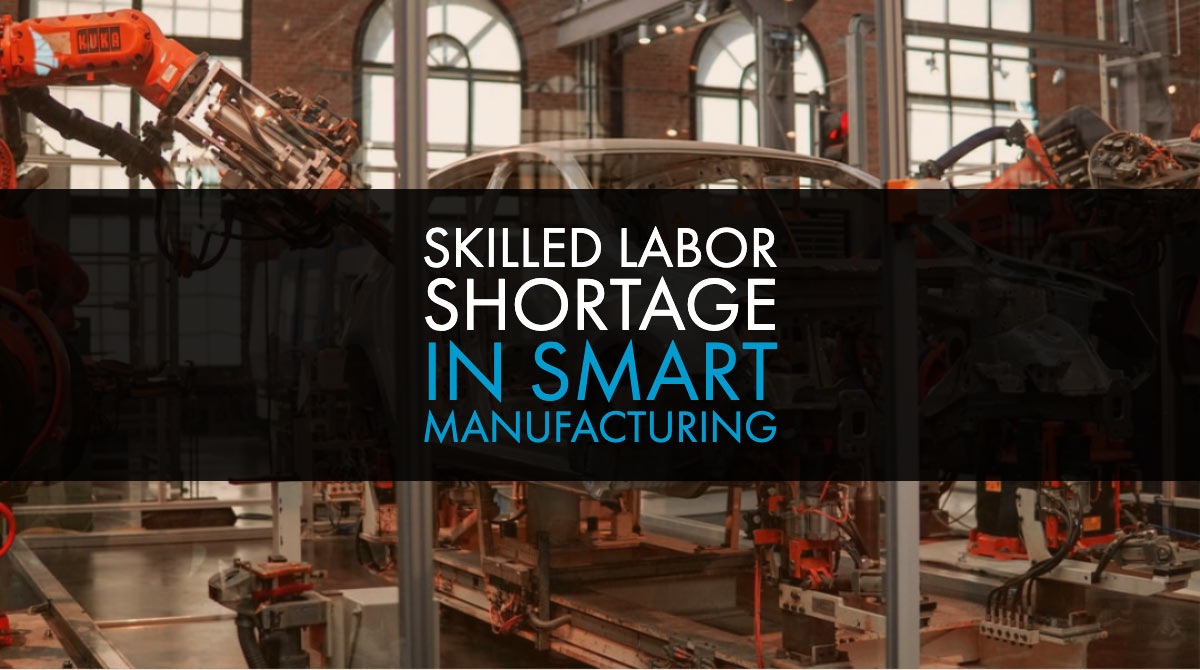The term Industry 4.0 refers to the fourth generation of the Industrial Revolution. It is also the revolution that we are now in the midst of, more than two centuries away from the First Industrial Revolution. With Industry 4.0 we are talking about adding automation to the process. Data and machine learning including artificial intelligence (AI), virtual reality (VR), and robotics are being implemented in grand fashion with computer technology. Learn more about how Industry 4.0 is expected to benefit the manufacturing sector and improve the skilled labor shortage.
Additive Manufacturing and 3D Printing
One of the most impressive ways that Industry 4.0 is transforming manufacturing is with 3D printing. According to Forbes, 3D printing also known as additive manufacturing allows for the improved development of prototypes. Eliminate time spent manually producing models out of clay, pipe cleaners, and card stock. Thanks to 3D printing, you are able to produce a prototype to scale at a fraction of the time. Forbes points out that metal additive manufacturing is becoming a mainstay for the industry. Case in point, consider that 3D printing now involves using metal to produce machinery parts and prototypes.
However, 3D printing does not just have to be for the minute details. Take a look at these construction 3D printing projects listed by ANIWAA. In the United Arab Emirates, Dubai is considered the world’s 3D printing hub. Here the goal is to use 3D printing technology to reduce costs in production and manufacturing among other areas by 2030. This is also a way to reduce the amount of manufacturing waste. Dubai, China, and other industrialized countries are all using additive manufacturing to construct building materials.
The goal is to improve the overall production process from start to finish. This includes finding ways to reduce the use of natural and man-made resources, as well as reducing the energy and waste used along the way. This is part of the process of sustainability that goes far beyond being eco-friendly. Furthermore, the use of this technology has the ability to reduce the cost for manufacturing.
Logistics and Supply Chain Solutions
The use of robotics and automation is greatly improving the way manufacturing warehouses are operated. With data gathering mobile scanners used by forklift drivers and electronic logging devices (ELDs) in the trucking industry, there is invaluable proprietary big data that warehouses can utilize. When you automize the processes, you are able to reduce the amount of time spent gathering and processing data. This comes from digitizing documents and invoices to organize and analyze information more rapidly. As a result, your employees are spending minimal time with back-office processes. Fewer mistakes are made and inventories are processed more efficient shipping and handling.
Concerns With Skilled Labor
While having automation, robotics, AI and the Internet of Things has the potential to serve the manufacturing sector, this comes with one major pitfall. According to Consultancy, “A new report finds that because of upcoming changes to the manufacturing industry – including automation and Internet of Things (IoT) – US manufacturers are worried about a shortage of digitally skilled workers, despite their increasing investments in workforce skills upgrading.”
Manufacturers essentially need employees who are skilled in maintaining and deploying Internet of Things-enabled products. This involves finding ways to market and sell the technology to the customer.
How to Attract and Retain Talent
In order to find and hold on to those talented workers who have the skillset you need, consider where you are now. Figure out what technology that you need and want to upgrade. Forbes points to the use of automation, factory tooling, and software with Internet 4.0 technology for some areas where you can get started. Here you can streamline which skills you need along with the types of employees you want to recruit for specific job tasks. You are better capable of filling the gap in the skilled labor shortage while providing employees with the skilled job opportunities they need.
The 5 key areas to focus on when it comes to upskilling your workforce are as follows:
- Invest in training
- Prioritize employee retention
- Tap into the contingent workforce as needed
- Analyze your recruitment processes
- Collaborate with fellow industry partners
When it comes to building the training content and programs you need to fulfill these needs, you'll then want to consider how to make the creation and delivery process streamlined, and that's where our team can lend a hand. GT enables better employee retention by helping you get this mission-critical knowledge in their hands no matter where they are or what device(s) they're using.





Leave a comment